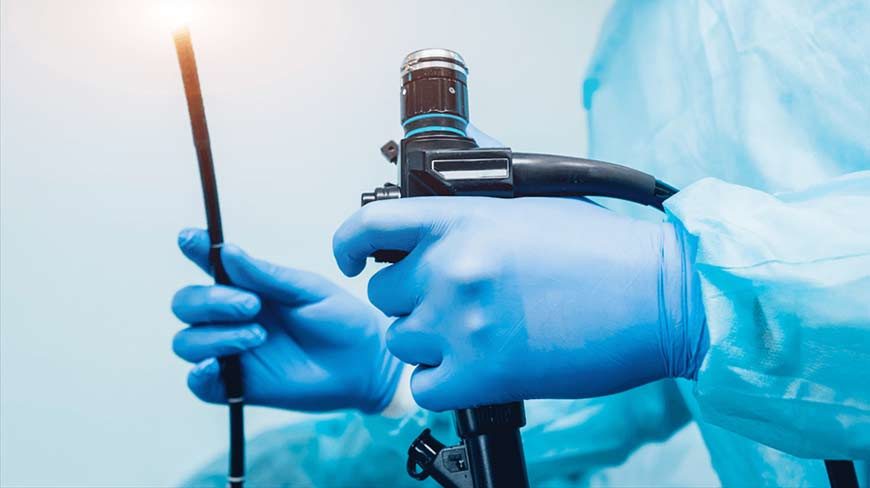7 Ways an Upper Endoscopy Can Be Beneficial
An upper endoscopy is a beneficial method for doctors to help their patients. They can use it to diagnose conditions of the esophagus, stomach, and parts of the intestines. Doctors can sometimes use the endoscope to treat problems. An endoscope is a thin, flexible tube with a camera on the end. It is inserted through the mouth and travels down the esophagus into the stomach. Don’t worry – the patient is lightly sedated so they are comfortable.
You may be wondering what the benefits of an upper endoscopy are. Here are 7 benefits to getting one done:
1. Get a close-up view of your esophagus and stomach.
An endoscope’s camera lets your doctor take a close-up look to see if there is a problem in your esophagus or stomach. X-rays and other imaging aren’t always good for looking at those areas.
2. Find the cause of unexplained symptoms.
Some people have regular bouts of nausea, continuous vomiting, pain, or unexplained weight loss. These symptoms can be caused by many different things. Endoscopy can help your doctor find the cause.
3. Get answers about your chronic heartburn.
Experiencing occasional heartburn is not uncommon. Having heartburn frequently can mean you have acid reflux or gastroesophageal reflux disease (GERD). Getting a real diagnosis is important to get the best treatment. Living with untreated GERD can lead to Barrett’s Esophagus. That increases your risk of developing esophageal cancer.
4. Find out if you really do have ulcers.
There are plenty of jokes about stressors in life giving people ulcers. Having symptoms of ulcers like pain, bloating, and nausea isn’t very funny though. An endoscopy can look at the lining of your stomach to see if there are ulcers. Then you can get treatment and relief.
5. Get celiac or Crohn’s disease diagnosed.
Doctors are able to attach different tools to the tip of the endoscope. One of them is able to cut a small piece of tissue from the stomach or small intestine. This is a less invasive way to get a biopsy sample than a surgery. Biopsies are the only way to confirm celiac disease. They are also helpful in diagnosing Crohn’s disease.
6. Unblock your gallbladder.
Gallstones are sometimes small enough that they get stuck in the bile duct. Your doctor can use a tool on the endoscope to grab the stones. The discomfort caused by a blocked gallbladder can make it hard to function. Removing the gallstones with endoscopy is a non-invasive way to relieve the symptoms.
7. Get conditions evaluated using advanced technology.
Gastroenterologists can use advanced endoscope technology to diagnose and treat some diseases. They may have you swallow a wireless capsule to capture thousands of images of your small intestine. Some physicians with additional training are able to use an endoscope with an ultrasound attached (EUS). This allows them to observe tumors and growths.
Your doctor may recommend an upper endoscopy because of the benefits listed above. Care will be taken to ensure your comfort during the procedure. There are minimal side effects after you are done. If you think you need an upper endoscopy, don’t delay! Schedule an appointment with a skilled gastroenterologist today.
Related:


